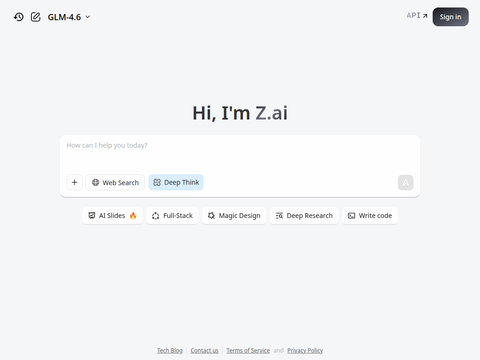Microsoft has recently rolled out Windows 11 Insider Preview Build 28000 to users in the Canary Channel, marking the first public appearance of Windows 11 version 26H1. This update bumps the OS version number but introduces no new features or visual changes.
Instead, Microsoft emphasized that this release is entirely hardware-focused.
“26H1 is not a feature update over 25H2 and includes only platform changes required to support specific chips. No action is needed from customers,” the company stated in its official announcement.
The term “specific chips” refers to upcoming computer processors, with strong industry speculation pointing toward next-generation, high-performance, power-efficient Arm-based silicon—such as Qualcomm’s Snapdragon X2 Elite and potentially Nvidia’s rumored N1X chip—expected to debut in new laptops and devices in early 2026.
Because these processors require specialized OS-level optimizations and platform support to function properly, Microsoft released this tailored build ahead of time to ensure seamless out-of-the-box compatibility with the new hardware.
Microsoft reaffirmed its commitment to its annual feature update cadence, adding, “25H2 remains the primary vehicle for new features. Windows 11 will continue its yearly feature release schedule, with updates arriving in the second half of each year.”
Built on a New Foundation: Bromine
This release also represents the first Windows 11 version built on a new internal platform codenamed Bromine.
According to Windows Latest, Bromine replaces the older Germanium-based architecture that underpinned Windows 11 versions 24H2 and 25H2, positioning 26H1 as a technical stepping stone toward the next major release—Windows 11 26H2—anticipated in the second half of 2026.
The test build primarily includes essential fixes, such as resolving an issue causing Live Captions to crash and another preventing access to the Outlook sign-in window in certain scenarios. As with all experimental builds, known issues persist, including reports of the Start menu unexpectedly scrolling to the top and problems with sleep and shutdown functions on some Insider devices.
At this stage, Windows 11 26H1 is largely irrelevant for most users. Only those testing next-generation Arm-powered laptops or devices will experience any tangible impact. Everyday users running current Intel- or AMD-based systems will continue receiving feature updates through standard channels and can safely disregard the 26H1 release for now.








